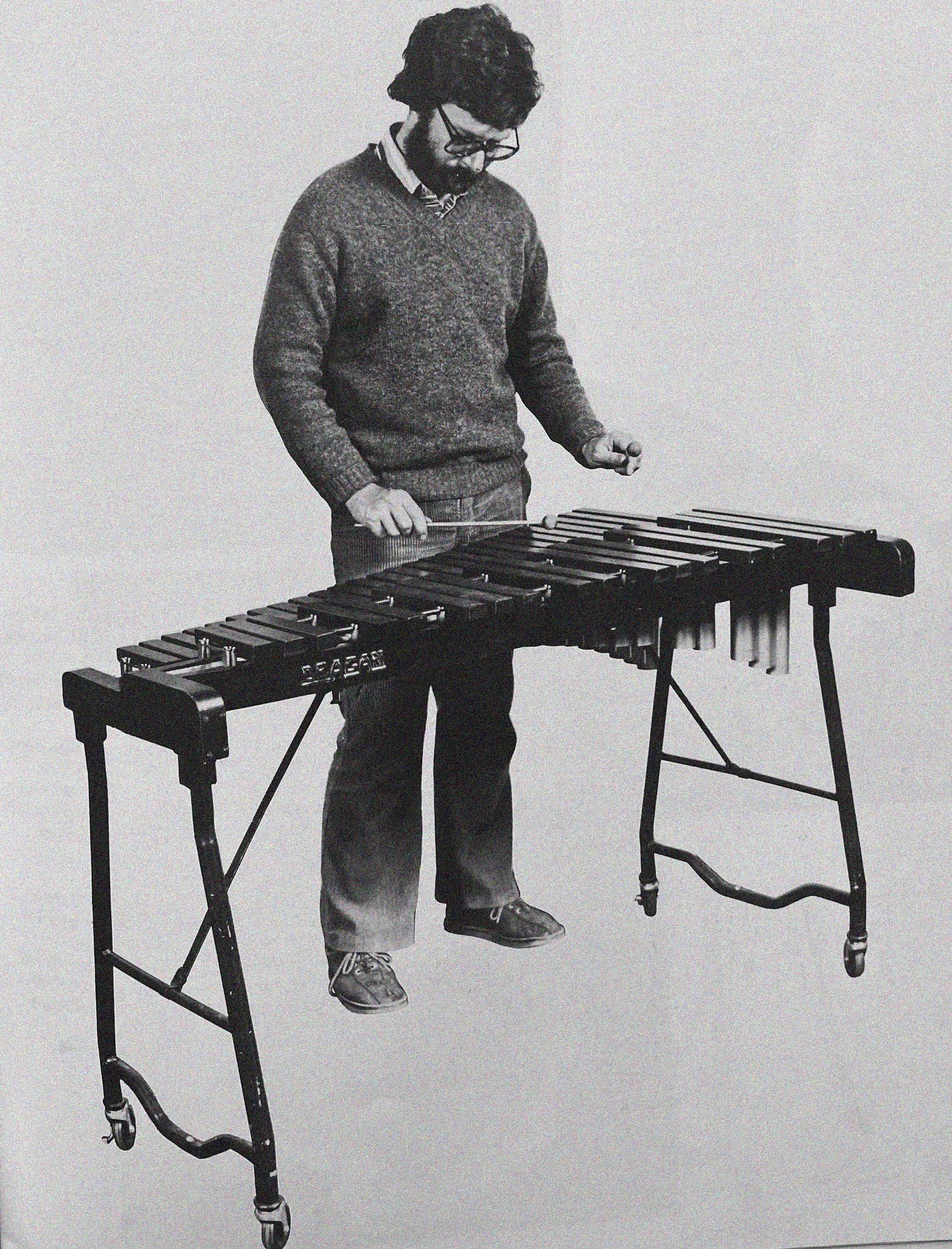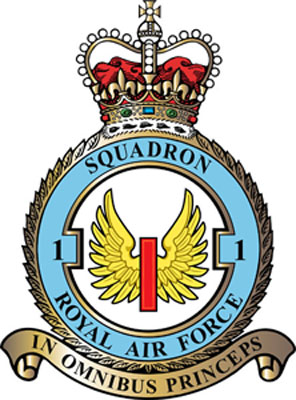No.1 Squadron RAF
On the outbreak of the Second World War in September 1939 the squadron was deployed to France as part of the RAF Advanced Air Striking Force.
In October it flew over enemy territory for the first time and soon claimed its first victory, shooting down a Dornier Do 17 on 31 October. Further successes were made during the Phoney War, until the Battle of France erupted in May 1940.
Within a week the squadron was bombed out of its base at Berry-au-Bac, north-west of Paris. A series of retreats followed, ending only when the squadron evacuated from France on 18 June, with a return to Tangmere on 23 June.(The autobiographical book Fighter Pilot by Paul Richey, a pilot with 1 Squadron during the Battle of France, is widely regarded as a classic of air warfare literature.) In August 1940, the squadron entered the Battle of Britain and was heavily engaged until 9 September, when the squadron was transferred to 12 Group, and was sent to RAF Wittering to refit, rest and recuperate.
It returned to 11 Group in early 1941 and was employed in fighter sweeps and bomber escort duties. In February, it began "Rhubarb" (low-level sweeps over occupied territory) and night flying missions, and was re-equipped with the Hurricane IIA. The squadron carried out night intruder patrols until July 1942, when it was re-equipped with the Hawker Typhoon fighter-bomber and relocated to RAF Acklington, Northumberland where it reverted to daytime operations.
The squadron was equipped with the Spitfire IX in April 1944, and in June began anti-V1 patrols, shooting down 39 flying bombs. Missions were also flown over the Falaise Gap, strafing targets of opportunity. Later in the year it reverted to bomber escort duties, based at Haldegham. It was involved in supporting Operation Market Garden : the parachute drops into Holland, and later in support of the Allied counter-offensive in the Ardennes.
The squadron dropped 250 lb bombs on to 'Key Points' (KPs), directed by radar to counter the adverse weather conditions. In May 1945 it converted to the Spitfire Mk.XXI, but these were only used operationally to cover landings on the Channel Islands.[



